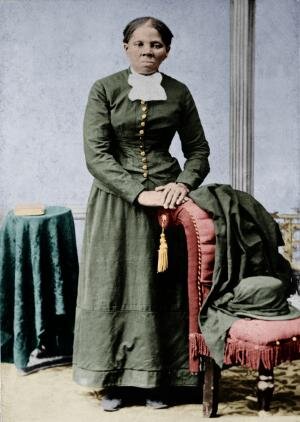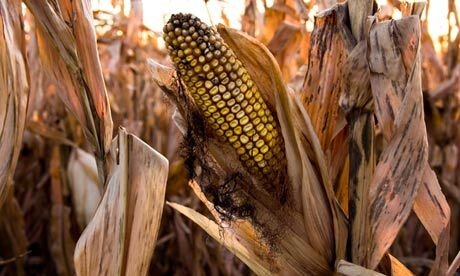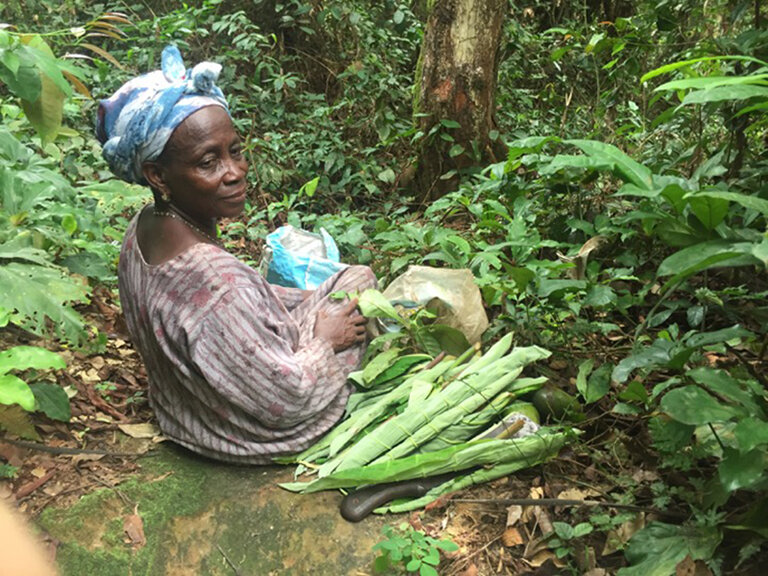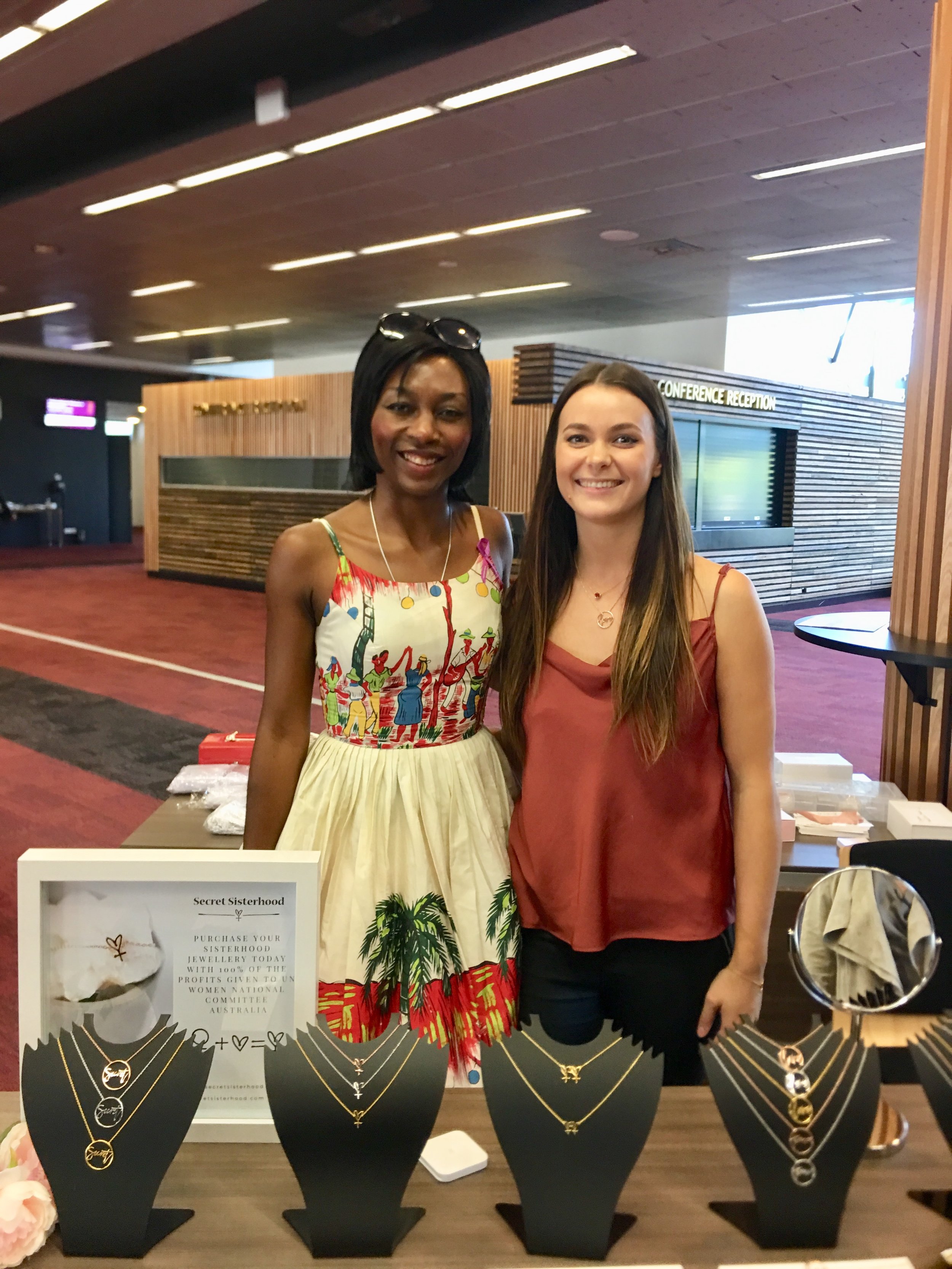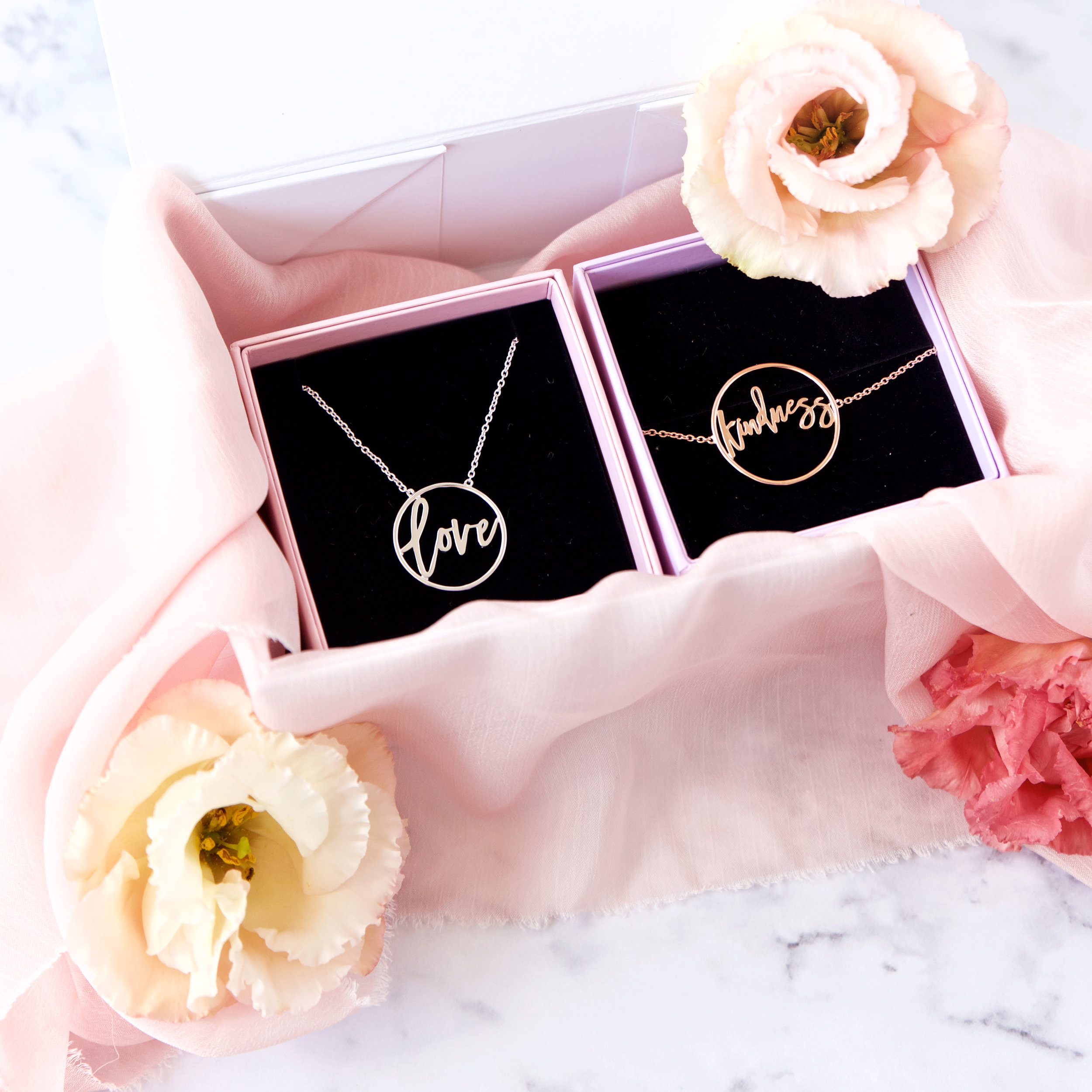Image credit: National Women’s History Museum
With absolute and total reverence, they called her ‘The General’. Or ‘Moses’. At only 5 feet, 2 inches, Harriet Tubman was an African American woman born into slavery (circa March 1822) in USA, who achieved the impossible.
HerStory
What makes Harriet Tubman’s story so fascinating is that she was born into what’s possibly the lowliest circumstance a human being can be born into. As a black female enslaved in 19th century US, she was supposedly worth less than any other category of human. As a child, she was abused, beaten and whipped by several slave masters. Yet, she escaped slavery in the American South to become one of the world’s most renowned icons of bravery, freedom and possibility. Harriet Tubman was one of the country’s leading abolitionists before and during the American Civil War (1861 to 1865). In 13 highly dangerous rescue missions, she led 70 enslaved African Americans to freedom in the North along the route known as the Underground Railroad.
In a move that earned her the title ‘General Tubman’, Harriet Tubman created the strategy and plans to help fellow abolitionist, John Brown, in the Harper’s Ferry Raid. The raid freed over 700 enslaved African Americans. It’s a historic and powerful precipitating event that led to the American Civil War.
Oh, and did I mention she did all of this after suffering a traumatic head injury that caused pain, dizziness and bouts of hypersomnia throughout her life? The injury happened when a slave master threw a heavy metal object at another enslaved person and it hit Harriet on the head.
There was a bounty of $40,000 for her capture which today would be the equivalent of about $830,419! After the war, she became a political activist, humanitarian and activist in the suffrage movement.
Deeply moving
I first heard this Shero’s story in school when I was about 8 years old during Black History Month in the US. Up until that point, no other story had stirred me so deeply to the point of making me tremble with inspiration. Looking back on that moment, I dare say it was a mature reaction for an 8-year-old. Which is a testament to the power of a story such as this one.
Can you imagine the level of love, courage and pure chutzpah it took in order to selflessly dedicate her life to service in the way that she did? It’s almost unimaginable but I think her intuition guided her to victory. Looking at her circumstances: she had little or no resources, deemed to be of little value by society, potentially had little or no emotional/mental support and I’m guessing at the beginning of her activity, people thought she was crazy! And yet with relentless defiance she literally and metaphorically rose up and forged her own path where it seemed utterly impossible. In the process, she carved a freeway for hundreds and subsequently millions of people to experience physical and mental freedom. Like the story of Moses in the bible, Harriet Tubman’s actions earned her the venerated name, Moses. This is her legacy.
I wrote an article about Harriet Tubman this time last year. My fascination with her story does not diminish. With last month being Black History Month in the US, this week is International Women’s Day week and her period of birth speculated to be in the month of March, it feels like a good time to share HerStory.
♥ Nina Gbor
Instagram: @eco.styles
